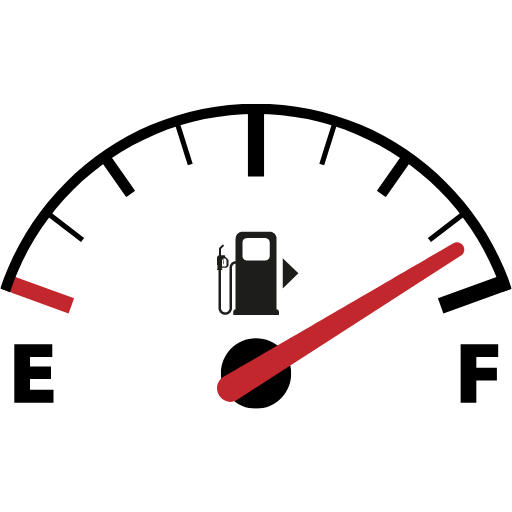About Sales Tax Calculator
What do you mean by sales tax?
Understanding Sales Tax: A Comprehensive Guide
Sales tax is a key component of business and consumer transactions worldwide, impacting both individuals and organisations. In this guide, we will explore what sales tax is, provide examples, and clarify the differences between sales tax, VAT, and other related taxes such as GST. Understanding these distinctions is vital for any business or consumer who engages in buying and selling goods and services, especially across different regions.
What Is Sales Tax?
Sales tax is a form of consumption tax levied by local or state governments on the sale of goods and services. This tax is paid by the consumer at the point of purchase, and businesses are responsible for collecting the tax and remitting it to the government. Sales tax regulations vary across jurisdictions, so businesses need to understand the rules in each area where they operate.
The concept of taxing goods and services is widely implemented, with over 160 countries globally having some form of sales tax. In the United States, there is no federal sales tax; however, 45 states, along with numerous counties and municipalities, impose their own sales taxes. This means that businesses must follow state-specific sales tax regulations, collecting the correct amount of tax and submitting it to the relevant authorities.
Who Pays Sales Tax?
The final consumer is responsible for paying sales tax, while businesses act as intermediaries by collecting and remitting the tax. This process often requires substantial paperwork to ensure that only the final consumer pays the tax, especially in industries where products go through multiple stages of production.
For example, a sheep farmer may sell wool to a yarn manufacturer without charging sales tax, provided the manufacturer has a resale certificate. The yarn manufacturer may then sell the yarn to a clothing manufacturer, who again uses a resale certificate. When the final product—let’s say a pair of socks—is sold to a consumer at a retail store, the consumer pays sales tax as part of the purchase price. The store then remits the tax to the government.
Sales Tax Rates and Jurisdiction Variations
Sales tax rates can differ significantly depending on where the transaction takes place. Not only do states have their own tax rates, but counties and municipalities may impose additional taxes as well. For instance, a state may impose a 5% sales tax, while a local county adds another 0.5%, bringing the total to 5.5%.
The application of sales tax can also extend beyond state borders. A use tax, for example, applies to goods purchased outside a taxing jurisdiction but used within it. The rate of use tax is typically the same as sales tax, ensuring that consumers do not avoid taxes by purchasing goods in areas with lower tax rates.
Example of Sales Tax Calculation
To illustrate how sales tax works, imagine purchasing a computer in Wisconsin for $1,000. Wisconsin has a 5% state sales tax, and the county adds another 0.5%, resulting in a total sales tax rate of 5.5%. The total sales tax on the computer would be $55, making the overall cost $1,055. The retailer would retain the $1,000 and remit $55 in tax, with $50 going to the state government and $5 to the county.
Difference Between Sales Tax and Use Tax
Sales tax and use tax are closely related but distinct. Sales tax is paid at the point of purchase for goods and services within a jurisdiction, whereas use tax is applied when a product is purchased outside the jurisdiction but used within it. Use tax ensures that residents do not avoid taxes by buying goods from other states or countries.
For instance, if a resident of Georgia buys a car in Florida, they are required to pay Georgia’s use tax upon bringing the vehicle into the state, ensuring tax parity with a local purchase.
VAT vs Sales Tax: What’s the Difference?
A value-added tax (VAT) is another form of consumption tax, but it differs from sales tax in that it is applied throughout the production process rather than at the final sale. VAT is collected at each stage of production as a product increases in value. Businesses can claim a credit for VAT paid on inputs, but the final consumer bears the full tax burden.
For example, if a product passes through four stages of production, VAT is collected at each stage based on the value added. In contrast, sales tax is only collected once, at the point of sale to the final consumer.
The United States is one of the few developed countries that does not impose a VAT, but VAT is the primary consumption tax in over 160 countries. This tax model is more common internationally, especially in European and Asian markets.
GST vs VAT: How Are They Similar and Different?
Goods and Services Tax (GST) is another consumption tax that operates similarly to VAT. GST is levied on the sale of goods and services and is collected throughout the production process. Businesses must register for GST and remit taxes collected on sales, minus any GST paid on purchases.
In many respects, GST and VAT function in the same way. Both taxes are based on the value added to a product or service during the production process, and both shift the tax burden to the final consumer. However, there are variations in how these taxes are applied in different countries.
For example, the UK applies a 20% VAT, while GST rates in countries like Australia, Singapore, and Canada are significantly lower at 10%, 7%, and 5%, respectively. Certain products that are exempt from GST may not be exempt from VAT. In Australia, for instance, gold is exempt from GST, but silver, palladium, and platinum are not. In the UK, both gold and certain other metals are exempt from VAT.





